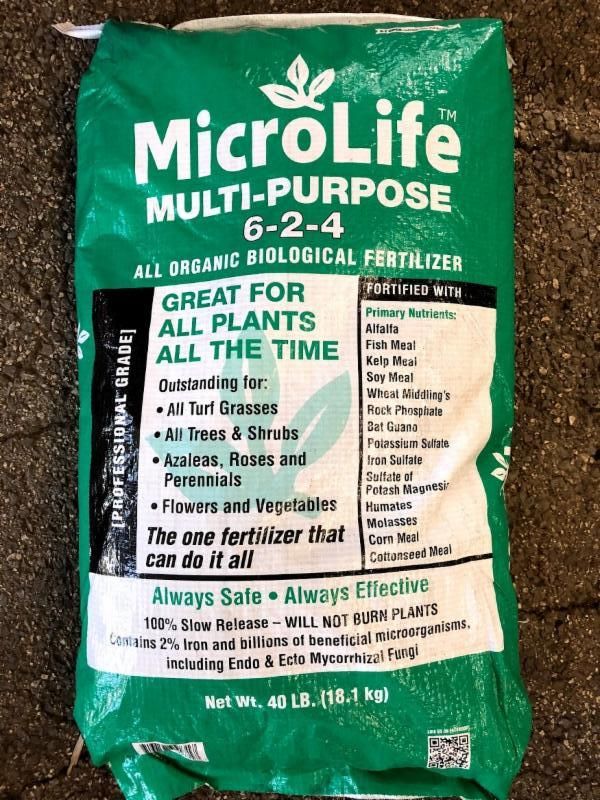Fertilization can be confusing. What kind? Which brand? What am I looking for? When and how much to fertilize will depend on the plant and product, but ultimately there are only two types of fertilizers: liquid and granular. Both types work very well, but it is important to know the difference. the first thing to understand about fertilizers is whats known as “N-P-K analysis.”
N-P-K stands for: nitrogen, phosphorous, and potassium, the 3 primary chemicals that aid in plant growth. Nitrogen aids in new green growth, phosphorous builds strong roots and sets flowers, and potassium keeps the plant cells strong and healthy. Thoughtful, proper fertilization greatly benefits most plants and increases your flower and crop yields. Let’s start with the granular products.
Granular fertilizers are usually slow-release. They can come in pellets or coarse powders that are meant to break down slowly over a period of months with every watering. Apply granular fertilizers according to the instructions in the planting hole before you back fill your soil and plant. It can also be mixed in as a top dressing to established plants, although with less efficiency than pre-planted applications. You should consider using granular fertilizers with every new planting (except cacti or succulents which require low nitrogen and high minerals instead). Generally, nearly balanced analysis organic granular fertilizers will work for most plantings, products like MicroLife Multi-Purpose 6-2-4 and Fox Farm All Purpose 6-4-5 are versatile and provide consistent nutrition for any plant, turf grass, or tree. If you are planting heavy feeding plants like tomatoes, fruit trees, peppers, or most other edibles, you can use a granular product with a higher N-P-K analysis. We carry some great higher analysis granular products that work like a charm for heavy feeders, such as: MicroLife Ultimate 8-4-6, Fox Farm Tomato & Vegetable 5-7-3, or Fox Farm Fruit & Flower 4-9-3. Now that we have gone over the solids, let’s talk about the liquids.
Liquid fertilizer is fast acting, more controlled, and can be used in many different capacities throughout the season. Liquid fertilizers can feed your plants in two ways instead of just one. You can water in liquid fertilizers every two to three weeks throughout the growing season, and you can spray your plants with a fertilizer mix. Spraying your plants with liquid fertilizer is known as “foliar feeding” and it is the quickest way to get nutrition your plants. Plants absorb moisture and nutrients through their foliage, so regular foliar feedings can greatly increase the growth and production of your plants. Foliar feeding is also an important tool for correcting deficiencies such as lack of iron or manganese, which can be sprayed on the plant to give the struggling plant immediate relief. Liquid fertilizers can be applied and re-applied, diluted down or mixed for special feedings ,and used in multiple measured ways. Do not foliar feed your plants during the heat of the day. Wait until the evening or later at night during the hottest, driest parts of our Austin summer.
Differences in Summary
Granular Fertilizer
- More cost effective in bulk
- Easy to store, and keep
- More efficient for heavy applications
- Used at planting and as side dress
- Slow-release (provides doses of nutrients for months)
Liquid Fertilizer
- Easy to apply
- Easy to blend to specific dilutions
- Uniform applications
- Foliar spraying is the quickest way to correct deficiencies
- Can be applied at planting and mid-season
- Can be blended with plant protection liquids
We recommend using both kinds of fertilizers. They both have their uses and benefits. It is important to research fertilization of your specific plants and to always follow the instructions on the package.
